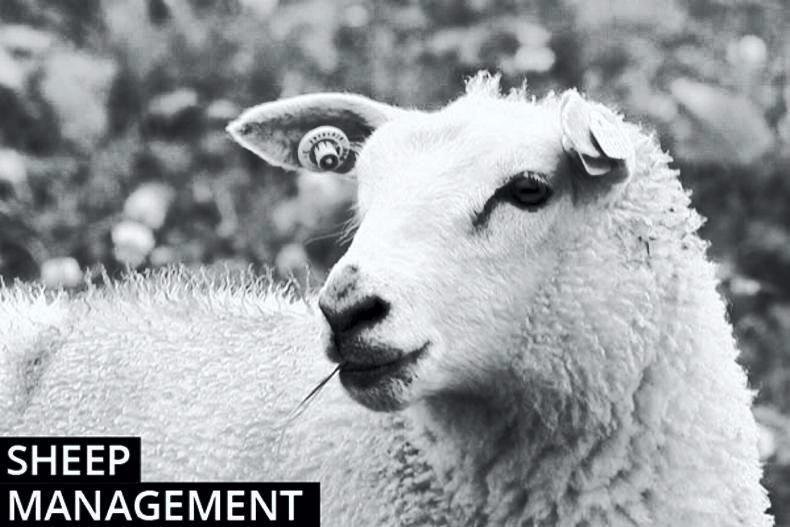Crossbreeding is not an option for all hill flocks, but where possible it can provide an opportunity to increase flock productivity by increasing the value of output.
The potential level of crossbreeding in a flock will depend on the flock’s replacement rate and the average litter size.
Teagasc experience through its BETTER Farm sheep programme shows the level of crossbreeding possible for a range of flock litter sizes.
The recommendations in the table are based on a hill flock with a replacement rate of about 24%, while also allowing for 10% of any potential ewe lambs to be deemed unsuitable.
When deciding on a sire for crossbreeding, it is worth considering your target market.
For example, mating with a Bluefaced Leicester sire will produce mule replacements with good maternal attributes, while using a terminal sire will increase the value of progeny if selling as stores or bringing through to finishing.
Remember, the litter size of Scottish Blackface ewes can be greatly boosted by having ewes in optimum body condition score at mating (target of BCS3 in hill flocks), while also reducing barren rates and tightening the lambing spread.






 This is a subscriber-only article
This is a subscriber-only article










SHARING OPTIONS: